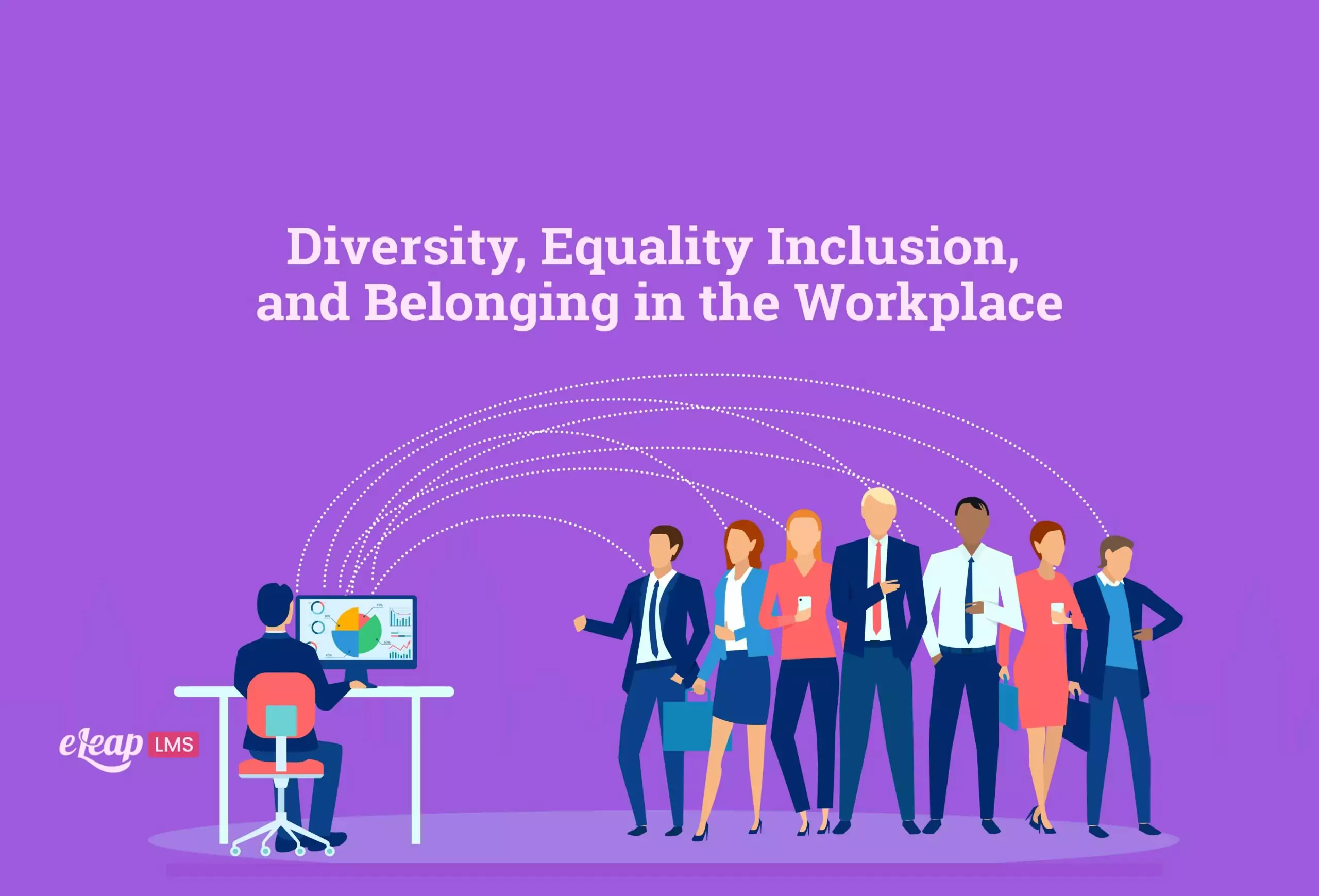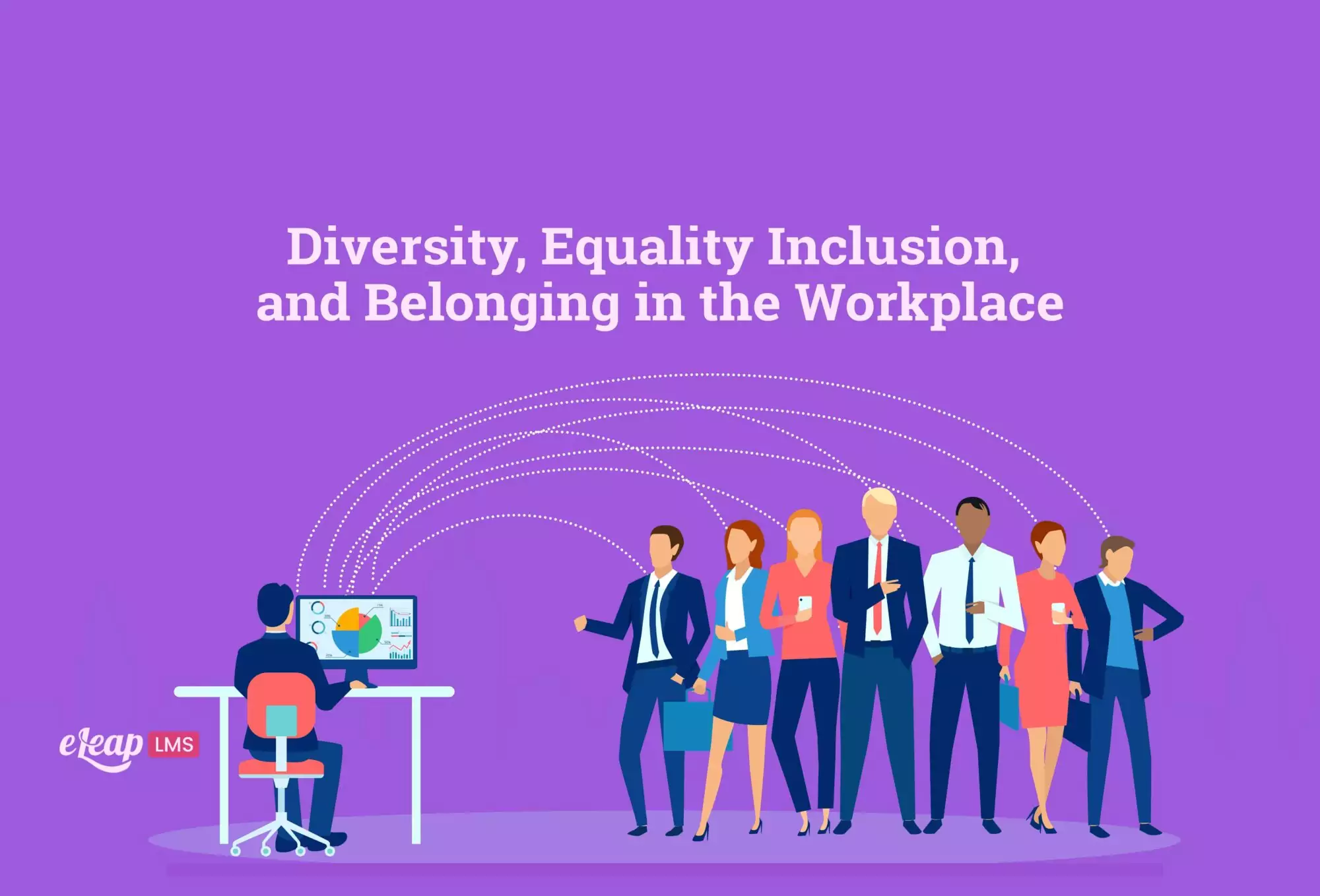Diversity, Equality Inclusion, and Belonging in the Workplace

To create a more equitable workplace, firms have increasingly broadened their executive panels to include positions with the phrases equality and diversity over the past ten years. Usually, businesses do everything they possibly can to achieve that lofty, deserving aim of fostering a sense of belonging among their staff. The lengths businesses will go to boost belonging can seem like swiping a hammer at a fly.
The previous three years have seen significant shifts in our environment, and talent retention has performed more twists than a gymnast. According to a Fortune estimate, US businesses spend $8 billion annually on diversity, equity, and inclusion to foster a sense of belonging that boosts productivity. Is it effective?
Answering the question is challenging. We know the worrisome rate at which employees are quitting their jobs. For instance, the Bureau of Labor Statistics says that the unemployment rate in the United States alone reached 3.6% in March 2022 for various factors.
Businesses have done a poor job of promoting diversity beyond understanding and coupling belongingness with measurable outcomes. As a result, we can argue that workplace programs for diversity, equality inclusion, and belonging ought to be distinct from one another and detail steps HR executives may take to enhance each project on its own.

Differentiating between Belonging, Equality Inclusion, and Diversity
Although diversity, equality inclusion, and belonging possess various definitions, they are frequently combined in an attempt to promote equality in today’s business environment.
Demographic measurements of diversity are only one aspect of diversity because these variations affect acceptability and advancement within an organization. Employees who work in inclusive environments believe they have been treated fairly, valued, accepted, and required to engage in the business’s success.
In an atmosphere that values a diversity of views, they feel secure and at ease expressing their opinions. Diversity of ideas and participation do not necessarily create an inclusive environment or one where everybody feels that they fit. High-performing businesses understand that they must accept and accommodate various thinking types to promote diversity and equality inclusion.
Encouragement of engagement and employee involvement are key components of workplace equality inclusion. Finding methods to leverage and integrate diversity into daily work life goes beyond simply respecting differences. Although equality inclusion, and the feeling of belonging are influenced by variety, they are different things. HR needs to take the initiative in promoting diversity of thought, changing policies, implementing a mental safety culture, and enhancing employee participation and a feeling of connectedness.
Fostering Equality Inclusion
People from all origins, perspectives, and methods of thinking can function to their maximum capacity and collaborate successfully in an environment that values inclusiveness.
Because they represent kinship and acceptance, inclusion & belonging in the workforce are the most easily misunderstood of the terms that are most frequently used as the same. However, cognitively, they are indeed very different.
Although they are sometimes used interchangeably, equality inclusion and belonging are still discussed individually depending on interpersonal factors that influence behavior, feelings, and beliefs. In the business world, belonging results from people wanting to feel like a part of something greater than themselves, their community, or their company. Equality inclusion is a pattern of behavior.
We know that the negative effects of exclusion strongly correlate with how individuals feel socially connected and accepted by others, which greatly impacts their sense of community. Exclusion hurts.
Understanding the psychological factors, uncertainty, and ambiguity that a person experiences when evaluating their sense of equality inclusion in the work environment is essential, given these negative repercussions of equality inclusion, stress, and doubt. This supports the vicissitudes people feel while attempting to determine who they are and whether they fit when attempting to understand their belonging.
One of the objectives of diversity and equality inclusion learning is to assist employees in recognizing the existence of specific biases, how it influences our decisions, and what actions can be taken to lessen the effects of exclusive behaviors on interactions and workplace decisions. Both positive and negative biases are fundamental to one’s sense of personal and group identity.
The Rationale for Emphasizing Belonging
Institutions and social organizations have the power to establish the criteria for membership, effectively barring some people from participation and leading to exclusion. Additionally, organizations and social groupings set criteria and measures for determining a person’s sense of belongingness, which are only successful if the instrument meets the criteria.
Employees may only feel a minimal sense of belonging at their place of employment because belonging is a personal choice. Throughout a person’s lifespan, belonging is contextual and continually negotiated, changing over time.
It seems sensible that someone who identifies with a portion of something rather than the entirety of it could experience a fulfilling sense of belonging. Workers may, for instance, have a sense of belonging to the firm at the workplace but not to their team, management, or even the other individuals that comprise the organization. Alternatively, individuals might identify with the team, management, or position but not with the company’s culture, goals, or vision.
Employee Resource Groups are a good example of partial belonging. ERGs fluctuate not only from company to company and even within each firm but also inside each organization due to the characteristics of the workforce, which includes people from various backgrounds with various perspectives on what progress looks like and how their agendas relate to the company’s objective.
According to research, employees are drawn to ERGs because they allow them to socialize with people who share their demographics and background. However, they claim that because of a strong sense of belonging, when they are part of the ERG, they get the mistaken impression that diversity issues have already been resolved throughout the organization.
Alternatively, they say they become more conscious of the diverse culture that is lacking in the organization. Members in both situations felt cut off from the organization, which resulted in a feeling of connectedness but not to the business.
Members responded that their limited sense of belonging towards the ERG was insufficient to keep them at the organization when asked if it did. Given that it’s not everything or nothing, HR managers should consider partial belonging when dividing up belonging intricacies in their companies.
The Way Forward
Given the work environment, HR should take the steps listed below to promote diversity, equality inclusion, & belonging whilst giving each employee worth and significance in their own right:
- Regarding Diversity: HR should actively promote diversity and modify policies to ensure diverse representation. Hiring procedures are a good place to start. Be sure to encourage various ideas and include skills like debate-making or extreme candor. HR is responsible for developing diverse executives and firm employees, beginning with diversifying your candidate pool.
- Regarding Equality Inclusion: HR leaders should consider providing training that addresses known beliefs, attitudes, and biases, especially when they relate to prejudices and stereotypes, and how to conquer them to foster a more welcoming workplace. This is in addition to education on implicit bias. To solve this problem, mental safety courses could also be employed.
- Regarding Belonging: HR might dissociate equity measures and programs from belonging. Examining all of the various entryways of belonging, such as partial, individual, team, corporate, manager to subordinate, and so on, will be a good starting point. Here is where developing a belonging strategy should begin.
All in all, diversity, equality inclusion, and belonging are major parts of any organization’s growth. Finding the balance between all three terms and being effective at managing them would usually require a bit of help. That’s where eLeaP comes in. With a vast array of resources and quality courses all tailored for your learning and efficiency, your organization will be thanking you in no time.